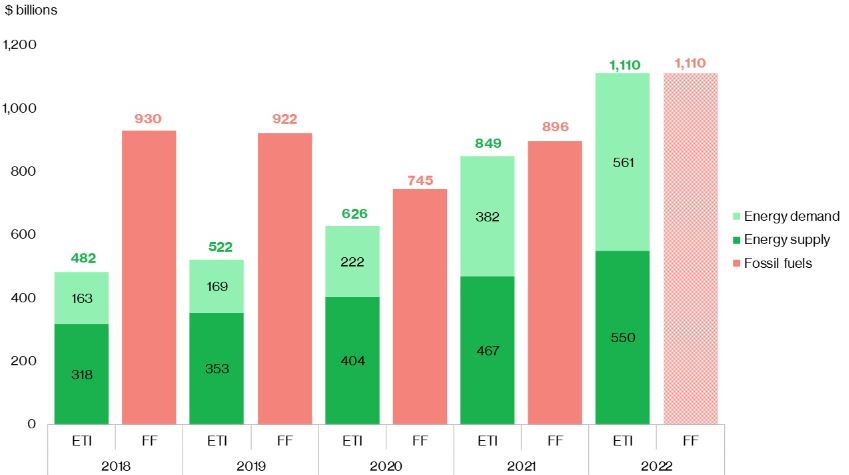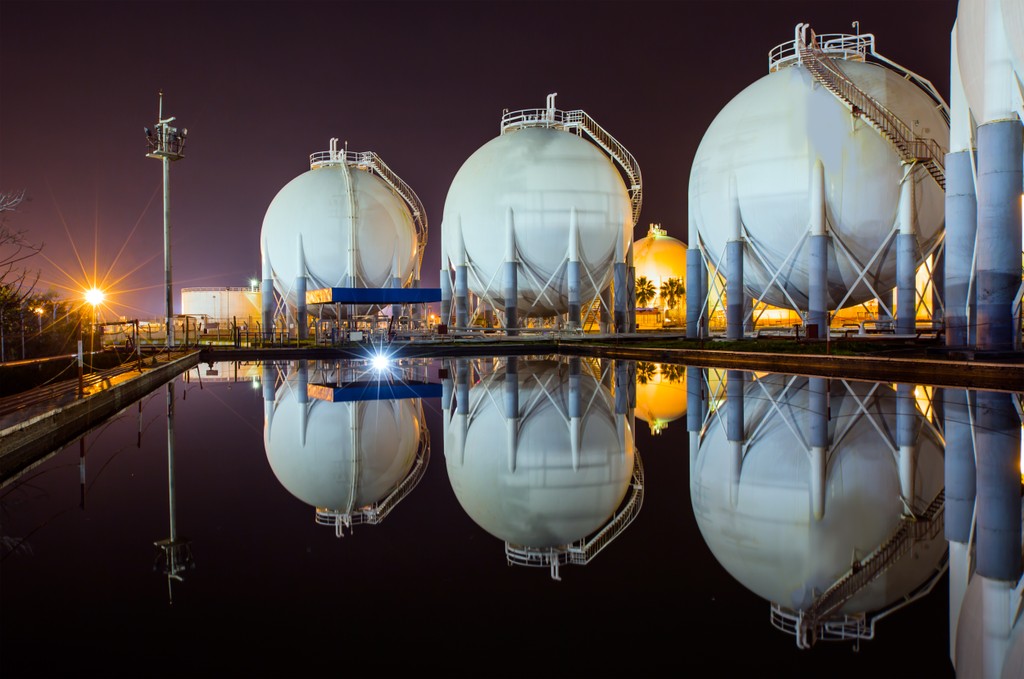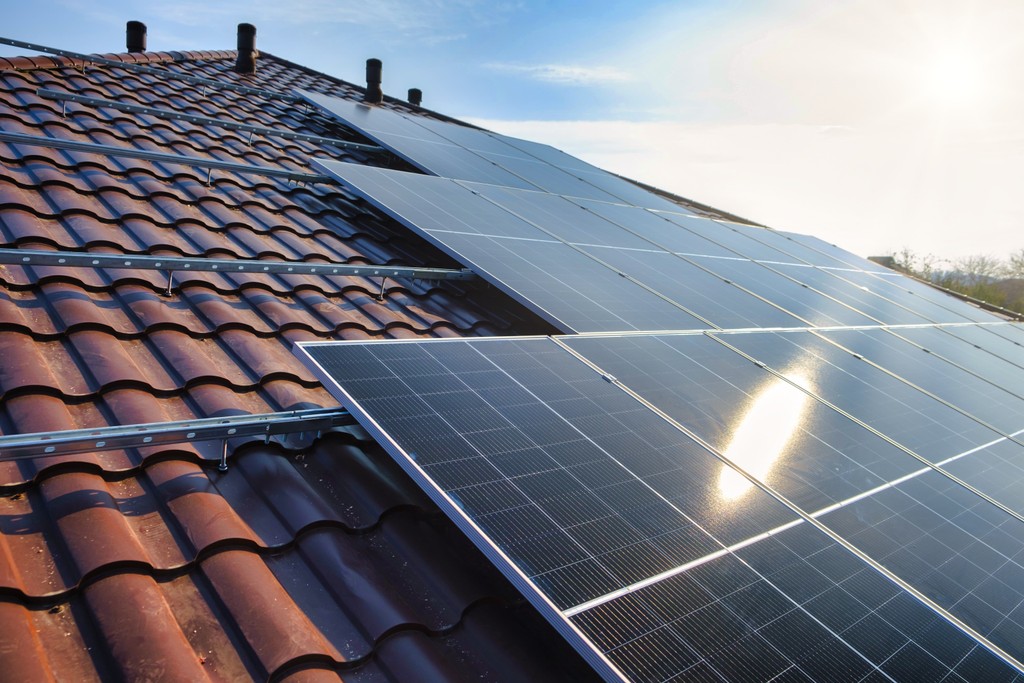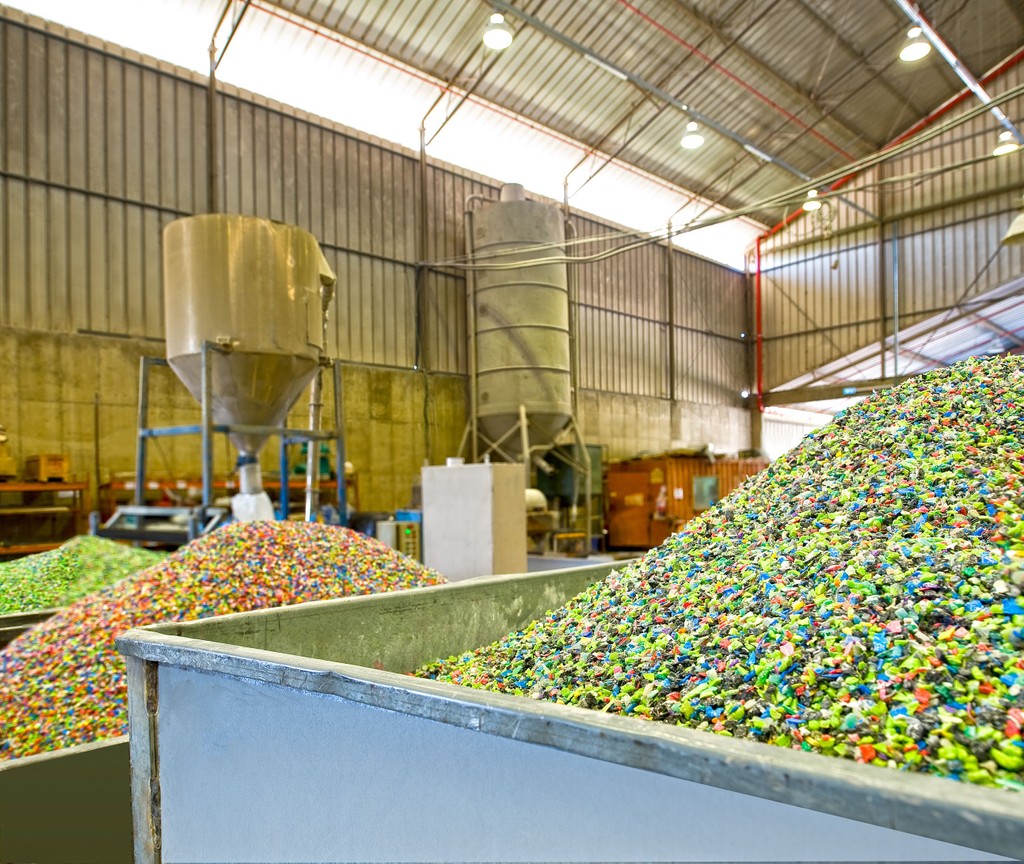Last year, for the first time, global energy transition investment equaled fossil fuels investment. This came despite a spending uptick for the latter as many regions focused on boosting energy security amid the energy crisis, sparking unprecedented market volatilities.
Fossil fuel investment grew by $214 billion year-on-year against a backdrop of high commodity prices and still paled compared to energy transition spend which was up $261 billion. Total outlay for fossil fuels stood at $1.1 trillion, according to BNEF estimates based on IEA inputs, matching that of energy transition.
Increased climate awareness has made oil and gas companies more focused on share buybacks and diversification to lower-carbon assets. Business and economies also continue to implement decarbonization transition plans.
The notable acceleration in energy transition spend represents a significant shift in investment towards clean energy, a trend unlikely to be reversed.







